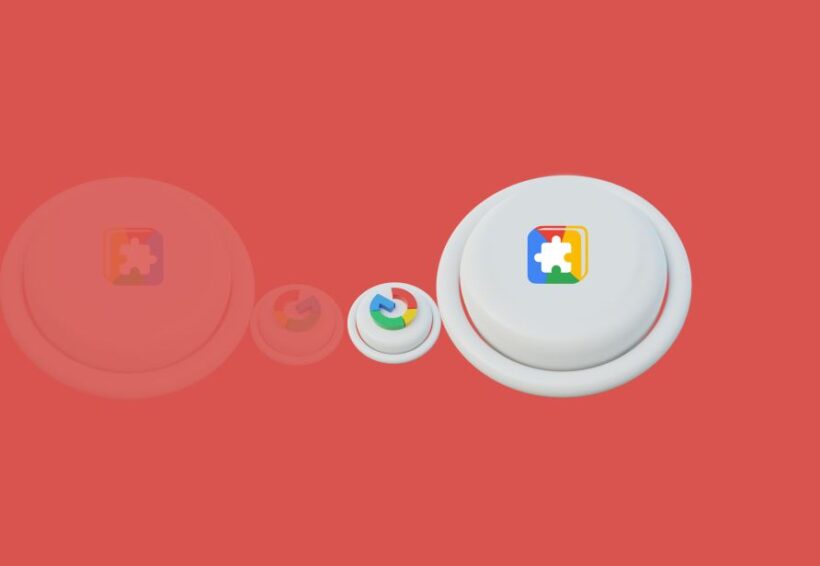The concept of “Right Align” plays a surprisingly pivotal role. While it might seem like a minor aspect of design and formatting, its implications stretch far beyond mere aesthetics, influencing everything from user interface design to text readability in gadgets.
What is Right Align?
Right align, as the name suggests, is the process of aligning text or other content to the right margin of a page or screen. This formatting style is commonly used in document creation, web design, and gadget interfaces. It ensures that all lines of text end at the same point on the right-hand side, providing a clean and organized look.
Why is Right Align Relevant in Modern Technology?
In today’s digital age, where screen real estate and user experience are paramount, right aligning text can significantly enhance readability and design aesthetics. For instance, in gadgets like e-readers or smartphones, right aligned text can create a visually appealing layout, particularly in languages read from right to left, such as Arabic or Hebrew. Moreover, in user interfaces, right alignment can guide users’ attention effectively, improving navigation and accessibility.
How Does Right Align Impact Gadget Design?
Gadget design is all about optimizing user interaction and experience. Right alignment can influence how users perceive and interact with their devices. For example, when notifications or menus are right aligned, they can be more easily accessed by right-handed users, who constitute a majority of the population. This subtle design choice can enhance convenience and user satisfaction, proving that even small details can have a substantial impact.
What is the Historical Context of Right Align?
The concept of alignment has been integral to design and typography for centuries. However, the digital era has redefined its application and significance. In the early days of computing, text alignment was largely influenced by the limitations of screen resolution and design tools. As technology advanced, so did the capabilities for precise alignment, allowing for a broader range of creative and functional applications.
How Does Right Align Compare to Other Alignment Styles?
While right align is one of several alignment options available, including left align, center align, and justify, each serves a distinct purpose. Left align is the default for most text, offering a familiar reading experience. Center align is often used for titles or headers, creating a balanced look. Justify aligns text to both the left and right margins, offering a clean block of text. Right align, however, stands out in contexts where alignment to the right is more visually or functionally appropriate.
What Are the Common Misconceptions About Right Align?
A common misconception about right align is that it’s only useful for specific languages or niche applications. In reality, its utility extends beyond these boundaries. It can be used effectively in various contexts, such as aligning numbers in tables for improved readability or designing UI elements in apps where right alignment may enhance user interaction.
How Can Right Align Improve Website Design?
In web design, right aligning certain elements can enhance the overall layout and user experience. For instance, aligning images or buttons to the right can create a dynamic visual flow that guides the user’s eye across the page. Additionally, right alignment can be used to create a sense of balance and symmetry, contributing to an aesthetically pleasing design.
What Role Does Right Align Play in Accessibility?
Accessibility is a crucial consideration in technology design, ensuring that products are usable by everyone, including individuals with disabilities. Right align can contribute to accessibility by providing clear and consistent formatting, which can be particularly beneficial for users with cognitive impairments. By offering predictable design patterns, right alignment can enhance understanding and usability.
How Does Right Align Affect Readability?
Readability is a key factor in content consumption, whether on a website or a digital device. Right align can influence readability by creating a clean edge on the right side of the text block, which can aid in tracking lines of text. However, it’s essential to consider the context and audience, as right alignment may not always be the most readable option for left-to-right languages.
What Are Some Actionable Tips for Using Right Align?
When implementing right align in your design or content, consider the context and purpose. Use right alignment for elements that benefit from a clean right edge, such as headings, numbers in tables, or UI components. Test your design with users to ensure it enhances rather than detracts from the overall experience. Additionally, consider the cultural and linguistic context to ensure right alignment is appropriate.
How Has Right Align Evolved with Modern Technology?
The evolution of digital technology has expanded the possibilities for right alignment. Advanced design tools and responsive web design have made it easier to implement right align effectively across different devices and screen sizes. As technology continues to evolve, the applications and benefits of right align are likely to grow, offering new opportunities for innovative design.
What is the Future of Right Align in Tech Design?
As technology becomes increasingly personalized and adaptive, right alignment will likely play a role in creating customized user experiences. With the rise of AI and machine learning, design elements like right align could be tailored to individual user preferences and habits, further enhancing usability and satisfaction. The future of right align in tech design promises to be dynamic, offering new ways to enhance functionality and aesthetics.
Right align is more than just a formatting choice; it’s a powerful tool that can enhance design, readability, and user experience in modern technology. By understanding its applications and benefits, tech designers and users alike can leverage right alignment to create more engaging and functional digital environments. Whether you’re designing a website, developing a gadget interface, or simply formatting a document, right alignment offers valuable opportunities for improvement and innovation.



